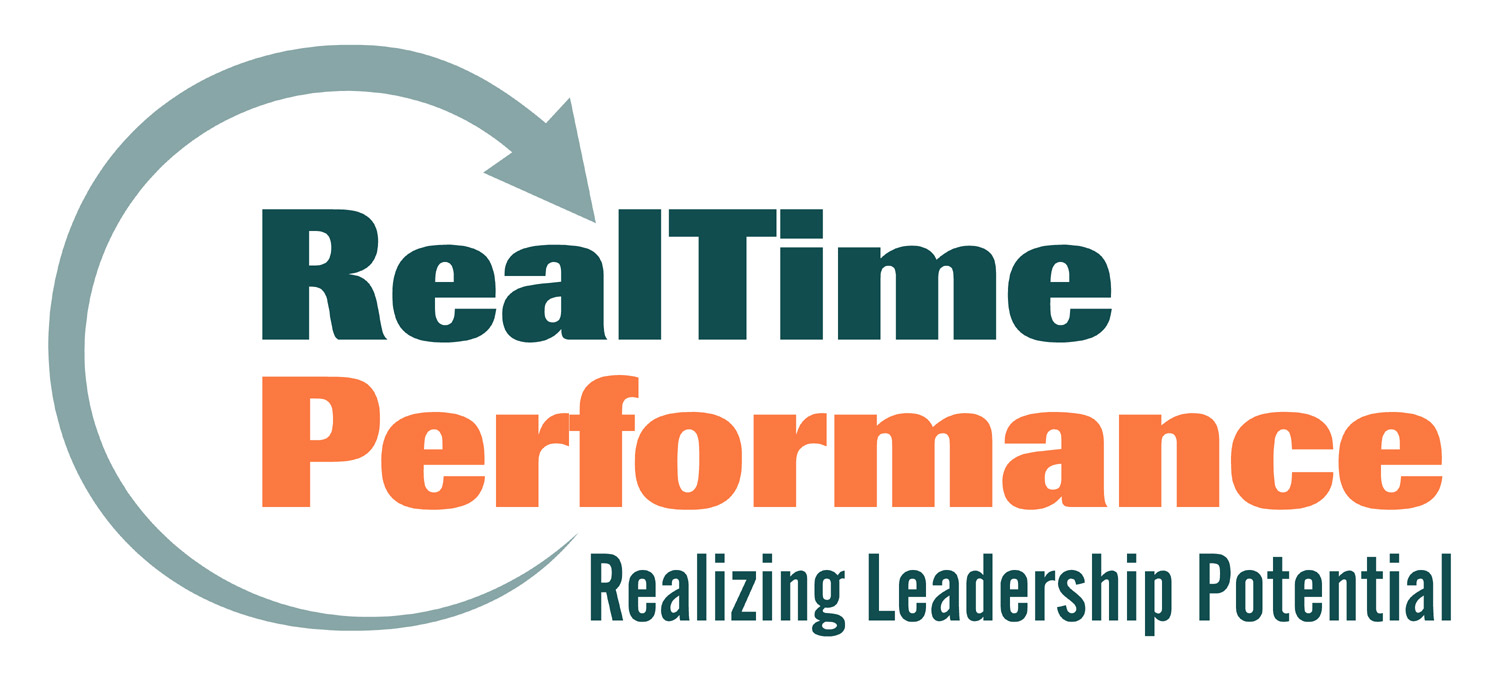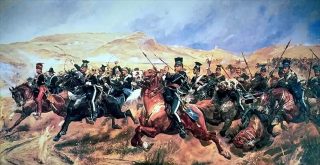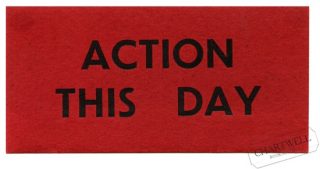One of the great business challenges of the 21st century will be building the capacity of large, complex organizations to change and evolve continuously in order to deliver ever-increasing value to customers. In the world of leadership development, we often think of this pursuit through the narrow lens of developing individual leadership skills and competencies through training.
Creating a Learning Culture
However, an adaptive and flexible organization is the result of a true learning culture. To create such a culture requires going far beyond individual training to include team learning, organizational learning and customer learning. In his new book, Developing a Learning Culture in Non-Profit Organizations, Dr. Stephen J. Gill writes about how organizations can overcome the inherent barriers that prevent a true learning culture from taking hold. Although Dr. Gill addresses the non-profit audience, the barriers and potential solutions are the same for corporations looking to become more innovative and adaptive to change.
Individual versus Organizational Learning
Dr. Gill advances the theory that, although individual leadership development is important, it’s just one piece of the puzzle. Effective learning cultures like Toyota are concerned with developing the leadership skills of their managers, of course, but they never lose focus on the more over-arching goal of building organizational capacity to continuously improve performance through the Toyota Production System.
What Dr. Gill is really talking about here is teaching the organization to learn how to learn. As you focus on developing the latest training programs and action learning experiences for your employees, spend some time reflecting on how these efforts interact with and support the overall learning culture of your organization. As you begin to consider your plans and budget for leadership development in 2010, ask yourself, how is your organization supporting:
1. Individual Learning – are you establishing an alliance between the learner and their boss to provide feedback and support to the learner? Is the learner accountable for results based on applying the new learning? Is individual learning aligned with critical business outcomes?
2. Team Learning – are you establishing learning and performance goals for teams? Are you fostering true dialogue on your teams? Do teams at your organization practice the principles of continuous process improvement?
3. Organizational Learning– do you have a clear vision for the future and is everyone committed to that vision? Are there connections established between various functions in your organization so that knowledge sharing and integrated learning can occur? Do you regularly assess your organizations learning culture? Are you leveraging social media to connect people to other people and ideas?
4. Customer or Community Learning– In Dr. Gill’s book, he calls this community learning, but in for-profit corporations, you might think of this as customer learning or stakeholder learning. Are you listening to your customers and stakeholders, and incorporating their knowledge and contributions? Does your organization depend on a healthy environment, strong communities or robust economies? What is your company doing to ensure sustainability in these communities?
RealTime Performanceand Dr. Stephen Gill recently developed an Organizational Audit to help our clients identify opportunities for enhancing and developing a learning culture. Our collaboration with Dr. Gill has evolved into an ebook that will be published next month titled “Getting More from Your Investment in Training: The 5As Framework.” More on this book soon.


